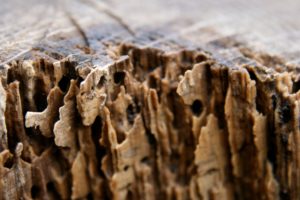Techniques for Image Optimization to Enhance Web Performance
Are you looking to enhance the performance of your pest control website? Optimizing images is a crucial technique for faster load times.
In this article, we will guide you through the process of image optimization to boost your web performance.
Discover how to choose the right image format, reduce file sizes without sacrificing quality, and employ lazy loading and responsive images.
Take control and optimize your images for a seamless user experience.
Importance of Image Optimization for Pest Control Sites
Optimizing images is crucial for your pest control site to ensure faster load times and enhance web performance. By compressing images, you can significantly reduce their file size without sacrificing quality, resulting in quicker loading speeds for your website. This is especially important for pest control sites that often feature numerous images to showcase services, pests, and before-and-after scenarios.
Implementing best practices for image optimization can bring several benefits to your site. Firstly, it improves user experience by reducing the waiting time for images to load, leading to higher engagement and lower bounce rates. Secondly, it enhances your site’s search engine optimization (SEO) by improving page speed, which is a ranking factor. Lastly, optimized images consume less bandwidth, making your site more accessible to users with limited internet connections.
Incorporating image compression and optimization techniques is an essential step towards maximizing the power and potential of your pest control website.
Choosing the Right Image Format for Faster Loading
To ensure faster loading times and improve web performance on your pest control site, it’s important to choose the appropriate image format.
By selecting the right image format, you can significantly reduce the file size of your images without compromising their quality.
One effective technique for reducing image file sizes is image compression. This process eliminates unnecessary data from the image file, resulting in smaller file sizes and faster loading times.
Another aspect to consider is optimizing image metadata. Metadata includes information such as the image’s dimensions, color profile, and copyright information. By optimizing this data, you can further reduce the file size of your images.
When choosing an image format, consider using modern formats like WebP or JPEG XR, which offer superior compression capabilities compared to traditional formats like JPEG or PNG.
Reducing Image File Sizes Without Sacrificing Quality
One way to achieve smaller image file sizes without compromising quality is by implementing effective compression techniques.
Advanced compression techniques for image optimization can significantly reduce the file size of images while maintaining their visual integrity. These techniques employ algorithms that analyze and remove unnecessary data from the image file, resulting in a smaller file size without sacrificing image quality.
Additionally, there are various tools and plugins available that can efficiently reduce image file sizes. These tools often provide options for adjusting compression levels and optimizing image formats, allowing you to find the right balance between file size and quality.
Utilizing Lazy Loading to Improve Website Performance
Improve your website performance by utilizing lazy loading techniques.
Lazy loading is a technique that delays the loading of non-critical resources, such as images, until they’re needed. By implementing lazy loading, you can significantly improve the load time of your website, resulting in a better user experience and increased website accessibility.
Lazy loading is particularly beneficial for websites with a large number of images or multimedia content. With lazy loading, only the images that are visible on the user’s screen are loaded initially, while the rest of the images are loaded as the user scrolls down the page. This not only improves the initial load time but also reduces the overall bandwidth consumption, making your website more mobile-friendly.
Implementing lazy loading is relatively easy, thanks to JavaScript libraries and plugins available for various content management systems. These tools allow you to add lazy loading functionality to your website without having to write complex code from scratch.
Implementing Responsive Images for a Seamless User Experience
By implementing responsive images, you can further enhance the user experience on your pest control website, seamlessly adapting image sizes to different devices and screen resolutions. This is crucial for optimizing images for mobile devices, as mobile users make up a significant portion of website traffic.
Responsive images ensure that your website loads quickly and looks visually appealing on any device, providing a seamless user experience. Along with implementing lazy loading for improved website performance, responsive images play a vital role in reducing load times and minimizing bandwidth usage.
In conclusion, optimizing images for faster load times on pest control sites is crucial for enhancing web performance.
By choosing the right image format, reducing file sizes without sacrificing quality, utilizing lazy loading, and implementing responsive images, website owners can significantly improve the user experience.
These techniques ensure that images load quickly and seamlessly, resulting in a more efficient and enjoyable browsing experience for visitors to pest control sites.
WILDFIRE SEO AND INTERNET MARKETING
720 McClure Rd.
Kelowna, BC.
V1W-1M3
Phone: 250.575.1527
info@wildfireseomarketing.com

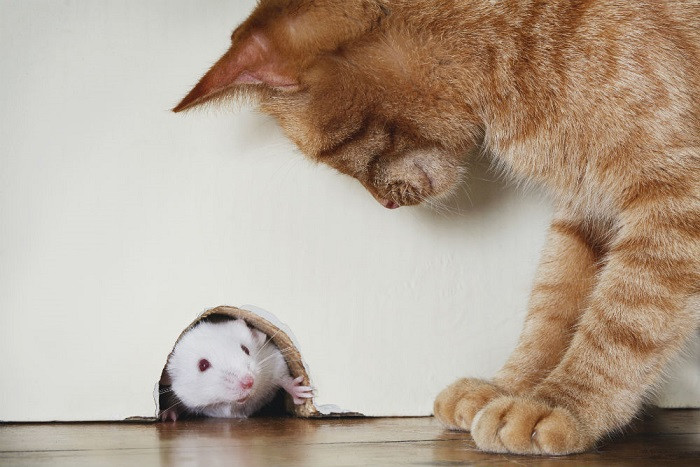
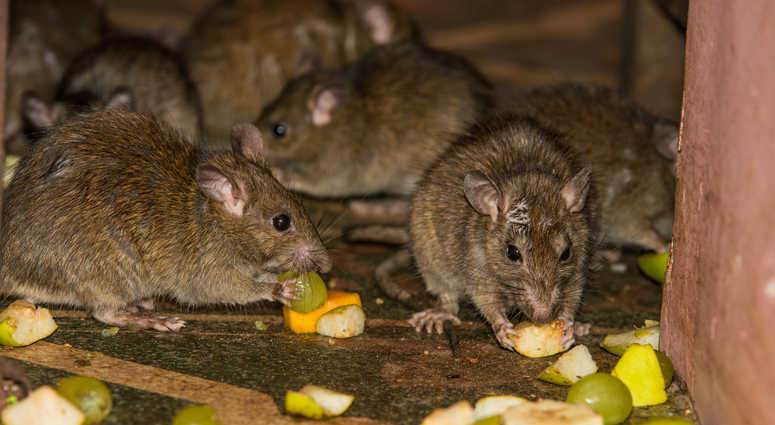 If you still have mice inside your home, use traps or poison to avoid population growth and to remove the infestation. That’s why placing break-back traps near the mice activity is better. Instead of using cheese as bait for mice, go for peanut butter, raisins, nutty chocolate, and other attractive foods. When placing traps, keep them out of reach of children and pets.
If you still have mice inside your home, use traps or poison to avoid population growth and to remove the infestation. That’s why placing break-back traps near the mice activity is better. Instead of using cheese as bait for mice, go for peanut butter, raisins, nutty chocolate, and other attractive foods. When placing traps, keep them out of reach of children and pets.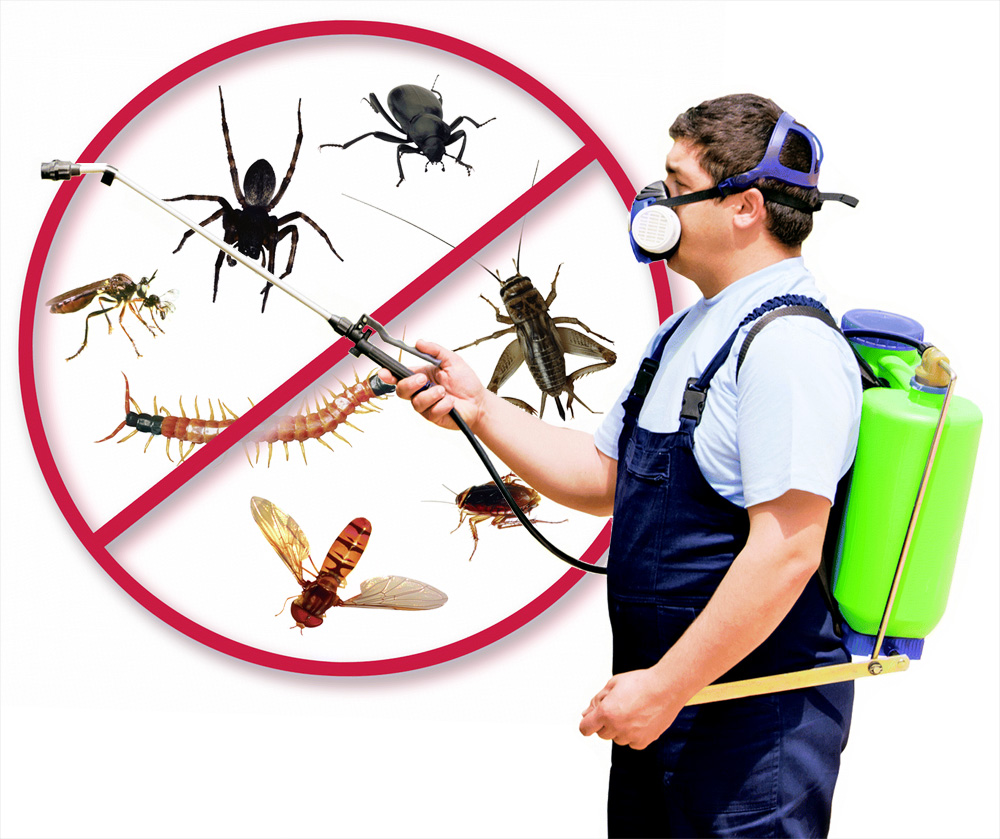
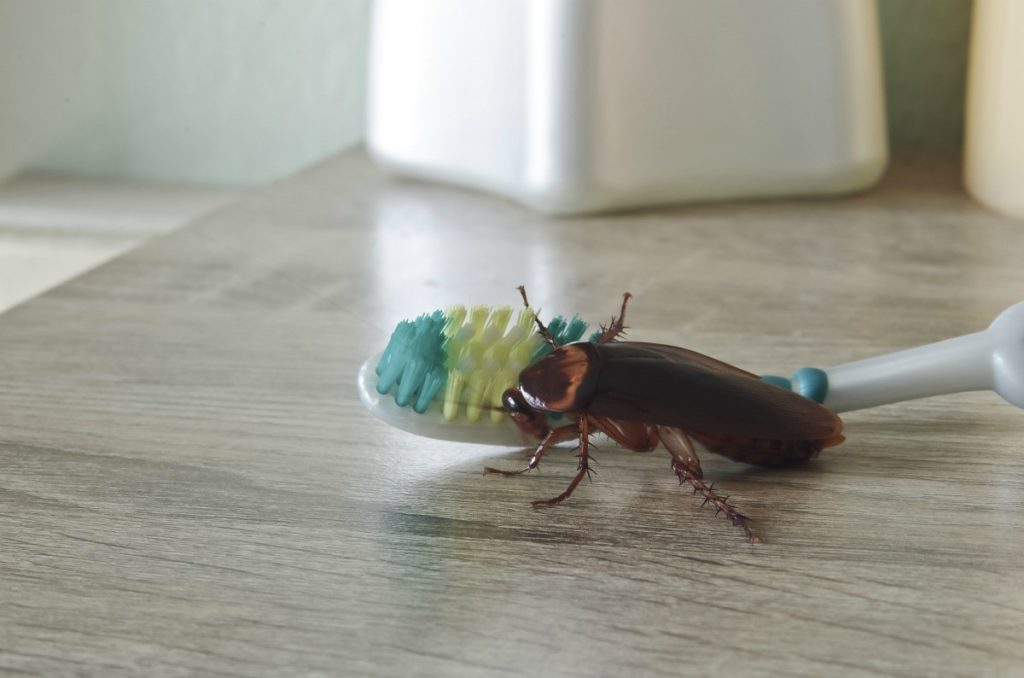
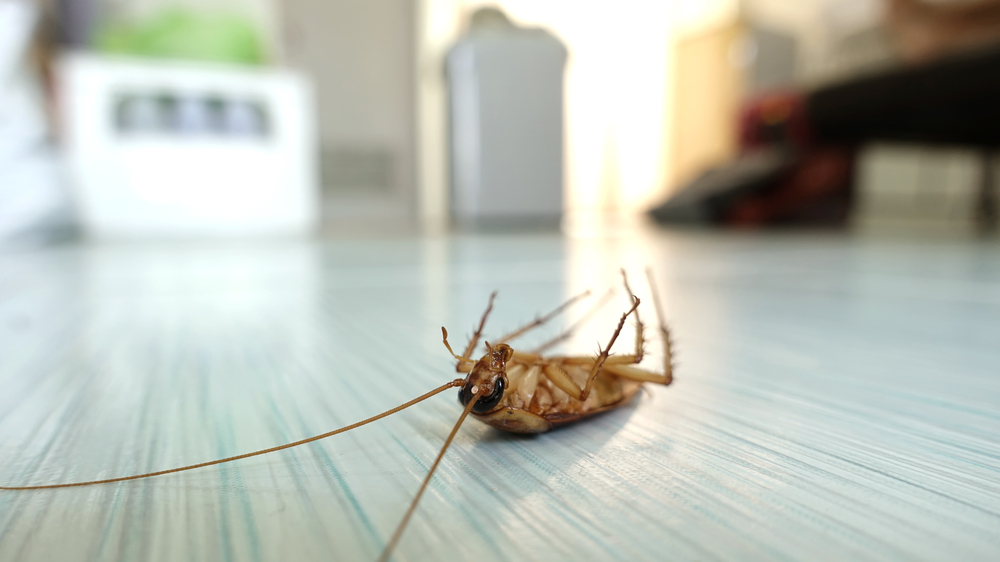
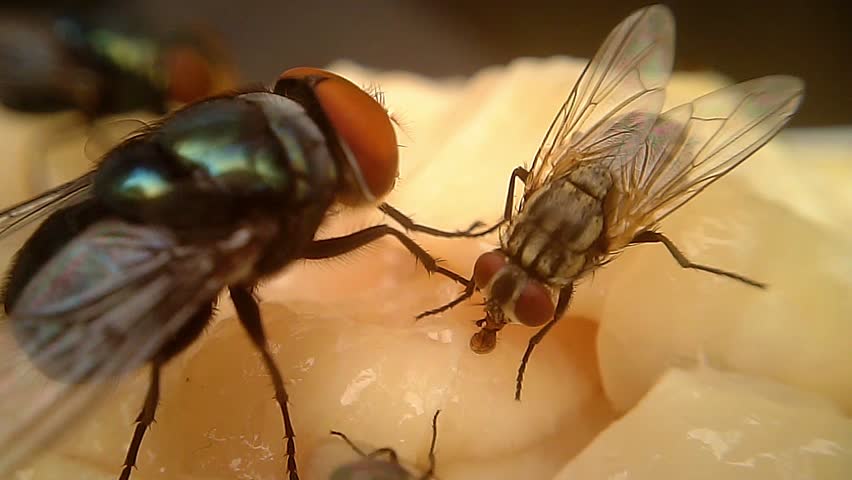


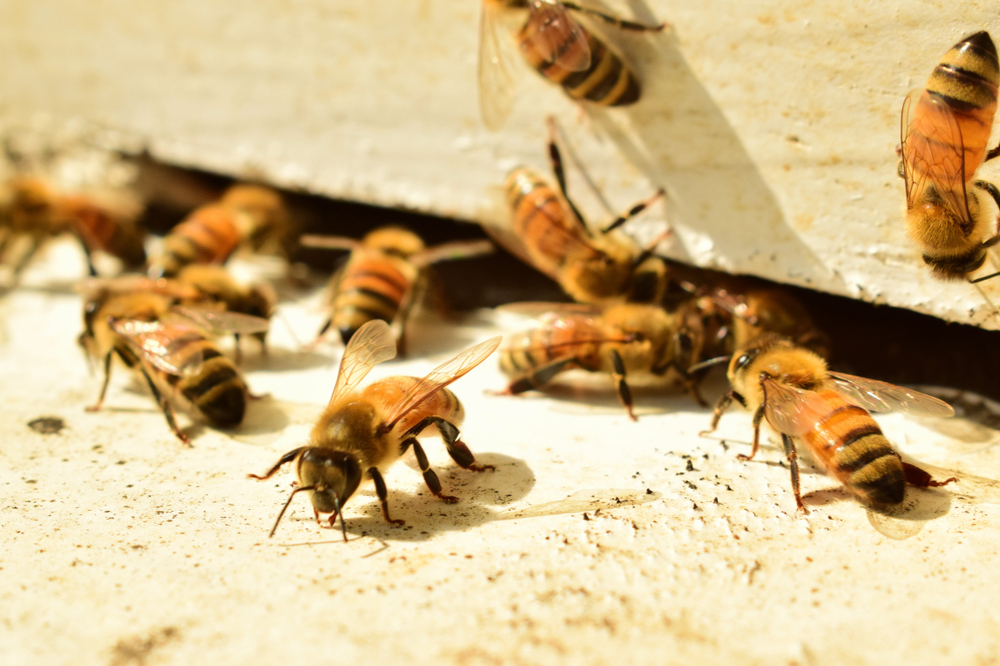
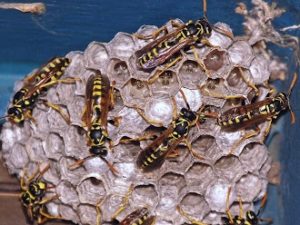
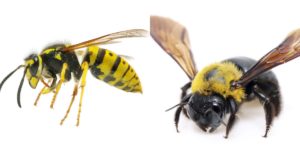 Firstly, do not try to get rid of them by yourself. You can only make the issue grow bigger by having yourself being stung by a wasp or hornet or by increasing the number of already existing wasps from the nest. If you spot a wasp or hornet nest, contact a
Firstly, do not try to get rid of them by yourself. You can only make the issue grow bigger by having yourself being stung by a wasp or hornet or by increasing the number of already existing wasps from the nest. If you spot a wasp or hornet nest, contact a 